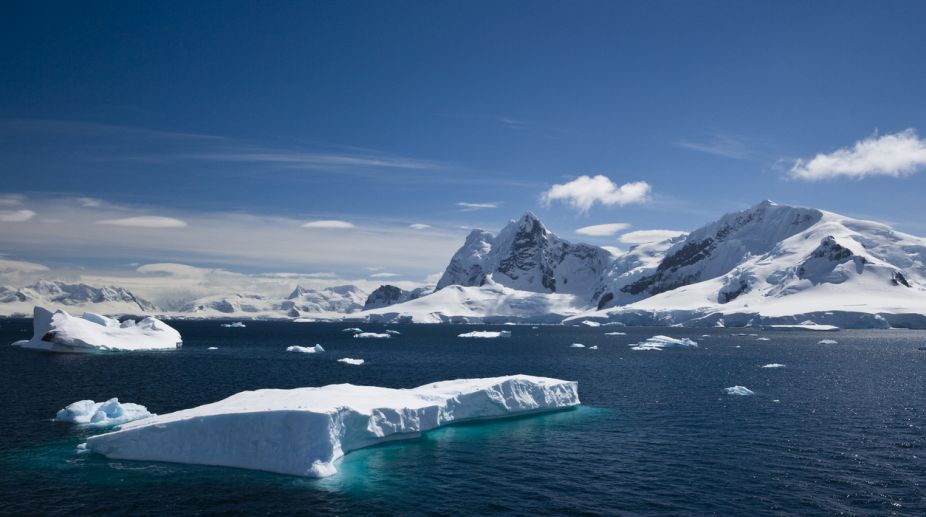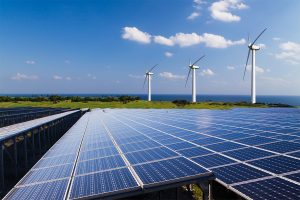Rapid loss of Arctic sea ice in recent decades is partly driven by natural swings, not just global warming triggered by human activities, says a study.
A shift in wind patterns is responsible for about 60 per cent of sea ice loss in the Arctic Ocean since 1979, the researchers found.
Advertisement
Some of this shift is related to climate change, but the study showed that 30-50 per cent of the observed sea ice loss since 1979 is due to natural variations in this large-scale atmospheric pattern.
"Anthropogenic forcing is still dominant — it's still the key player," said the study's lead author Qinghua Ding, climate scientist at the University of California at Santa Barbara in the US.
"But we found that natural variability has helped to accelerate this melting, especially over the past 20 years," Ding said.
The paper builds on previous work that found changes in the tropical Pacific Ocean have in recent decades created a "hot spot" over Greenland and the Canadian Arctic that has boosted warming in that region.
The hot spot is a large region of higher pressure where air is squeezed together so it becomes warmer and can hold more moisture, both of which bring more heat to the sea ice below.
The new paper, published in the journal Nature Climate Change, focuses specifically on what this atmospheric circulation means for Arctic sea ice in September, when the ocean reaches its maximum area of open water.
"This study provides the mechanism and uses a new approach to illuminate the processes that are responsible for these changes," the study's second author Axel Schweiger, a University of Washington polar scientist who tracks Arctic sea ice, said.
"The method is really innovative, and it nails down how much of the observed sea ice trend we've seen in recent decades in the Arctic is due to natural variability and how much is due to greenhouse gases," co-author David Battisti, Professor at University of Washington, noted.
The researchers believe that teasing apart the natural and human-caused parts of sea ice decline would help to predict future sea ice conditions in Arctic summer.











